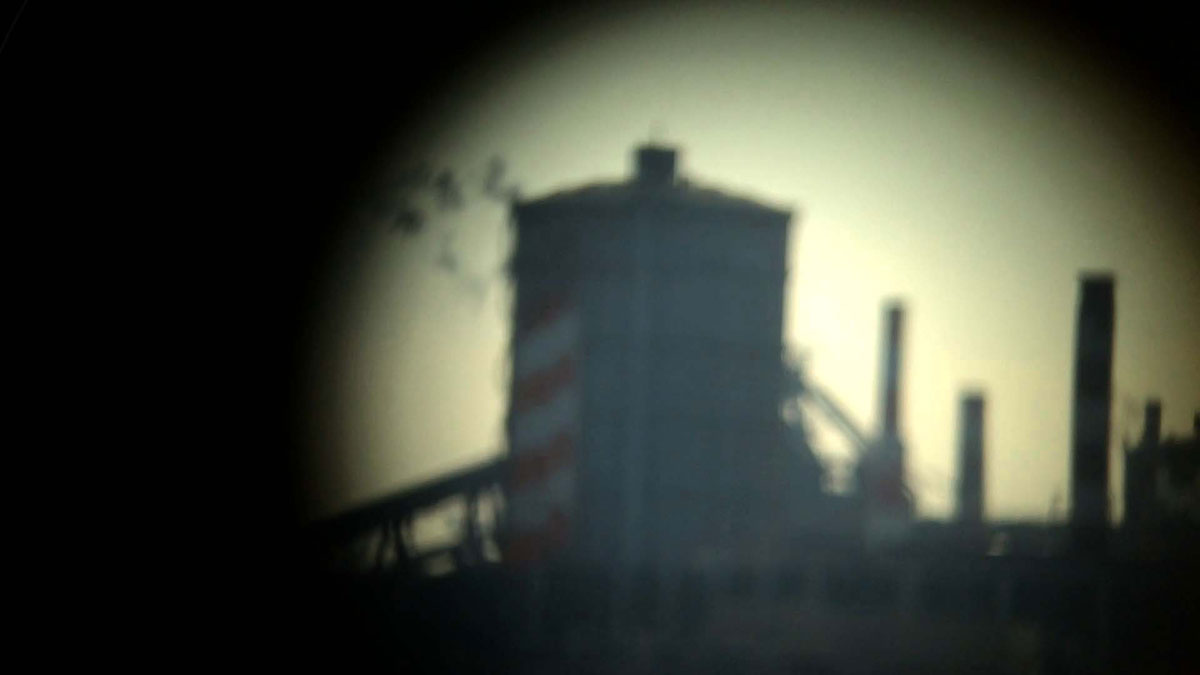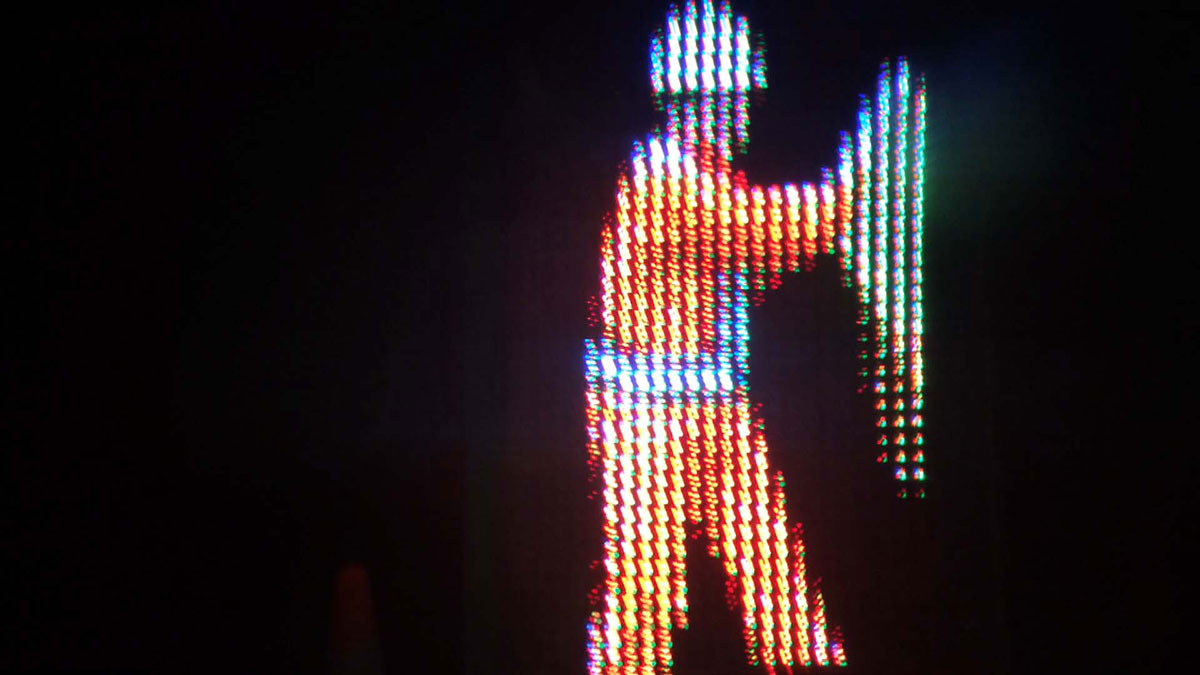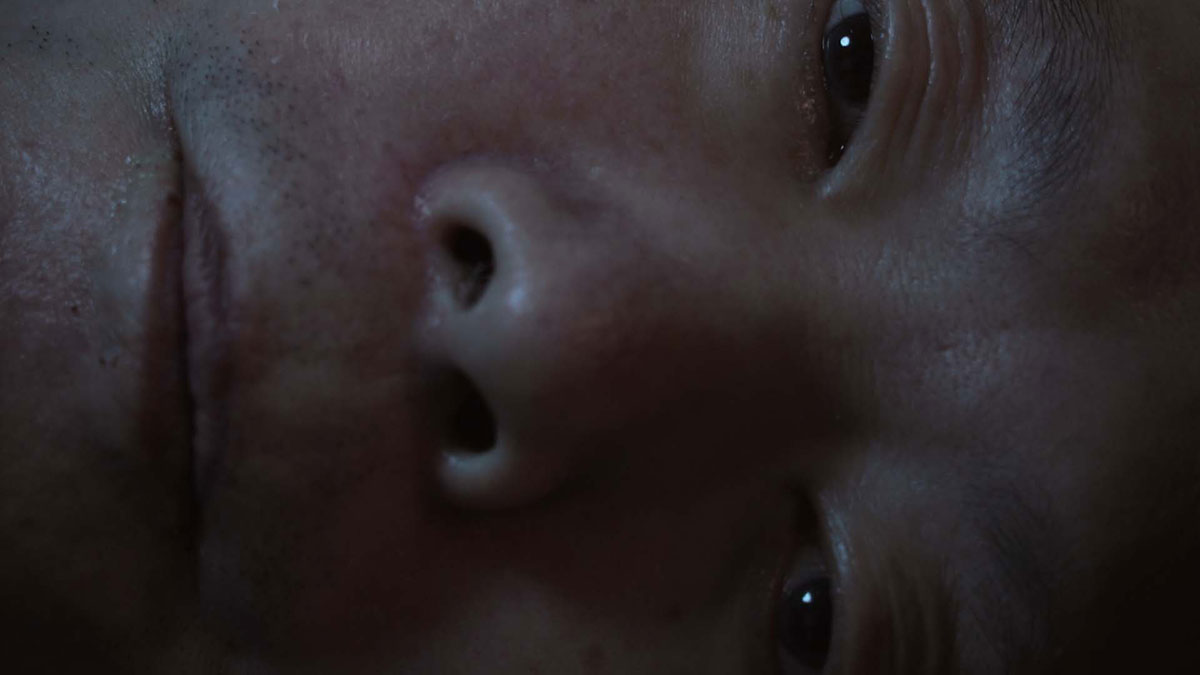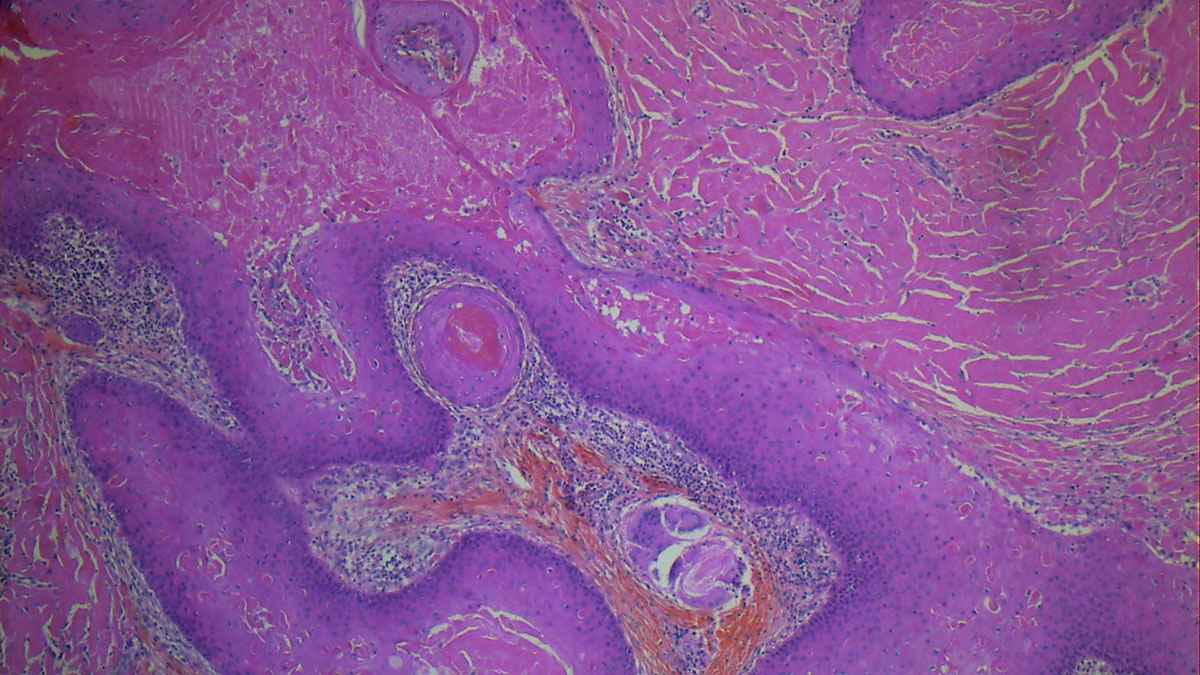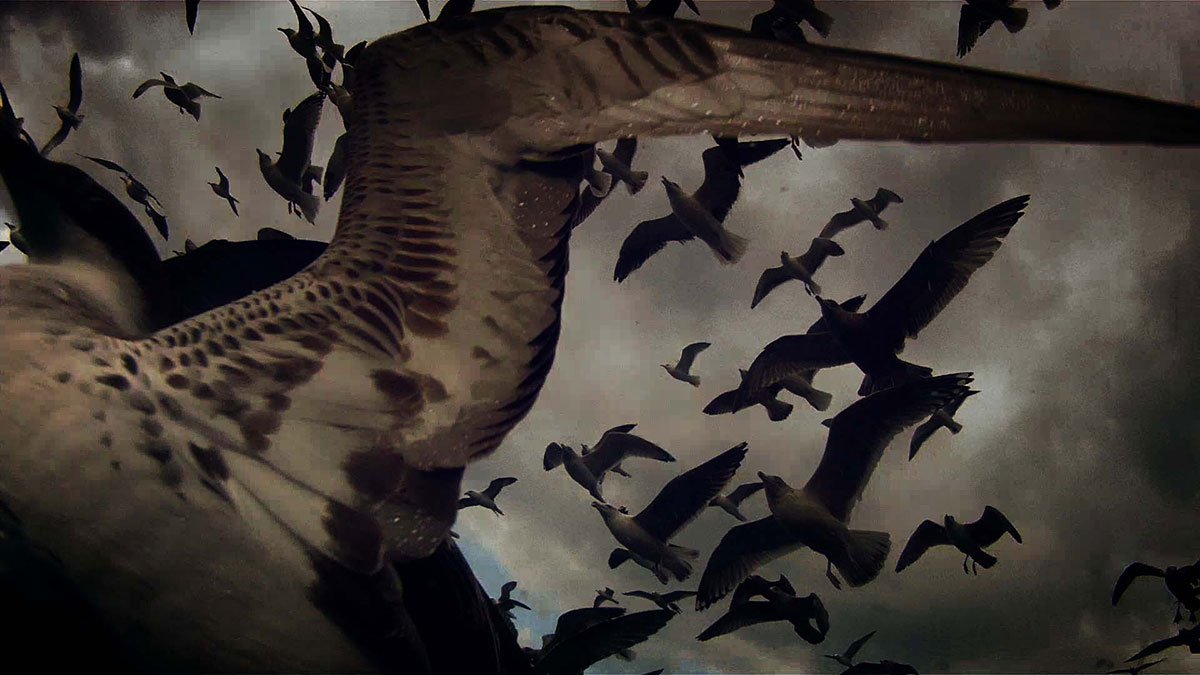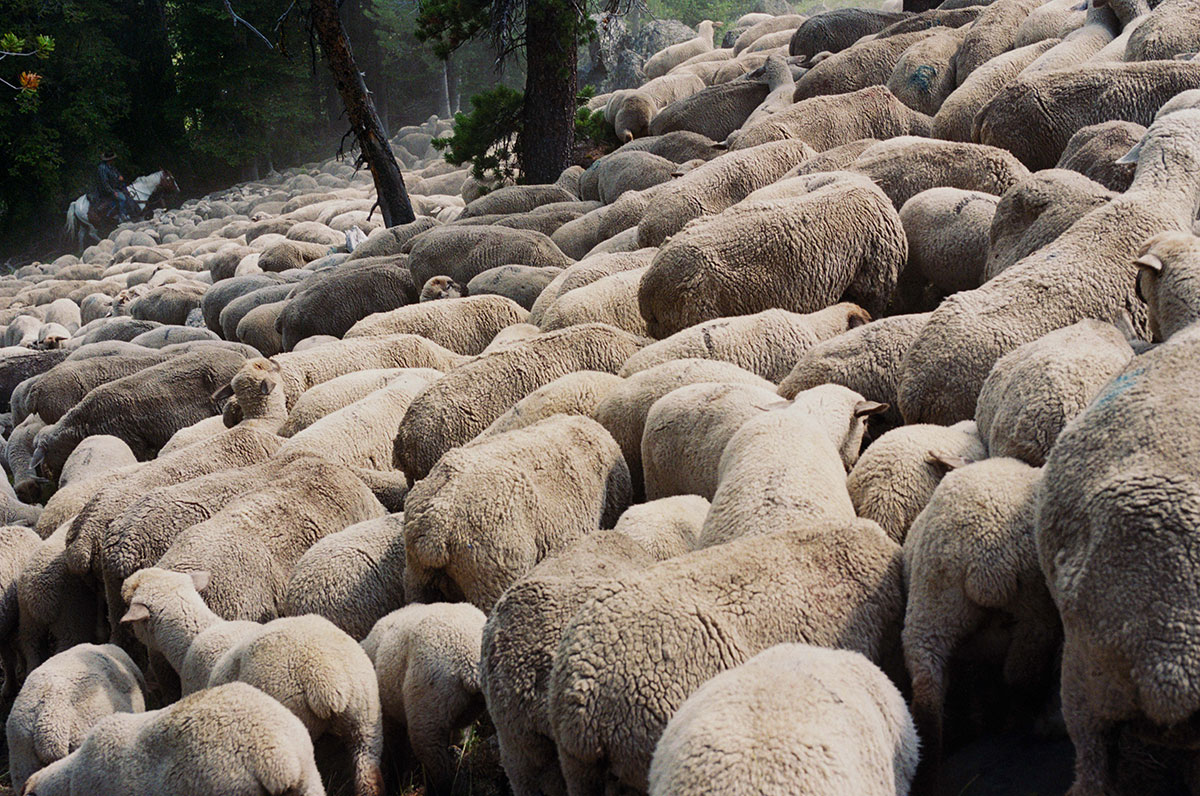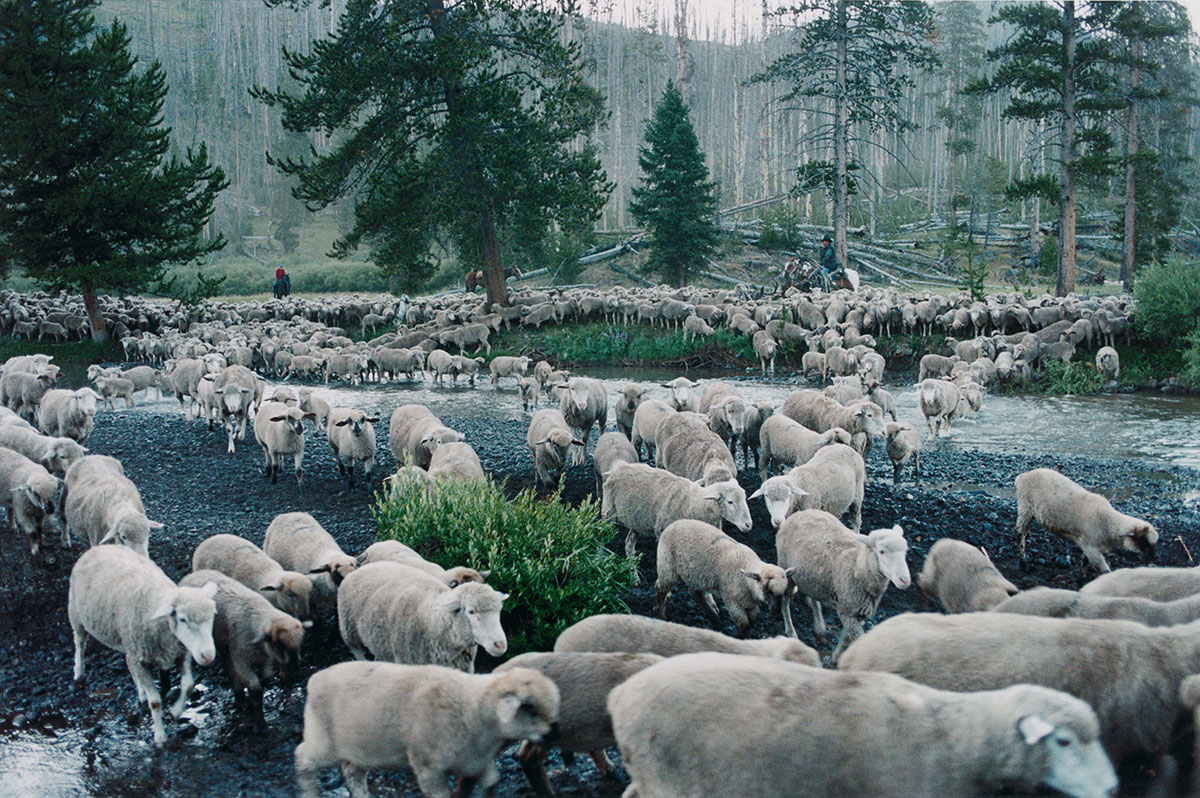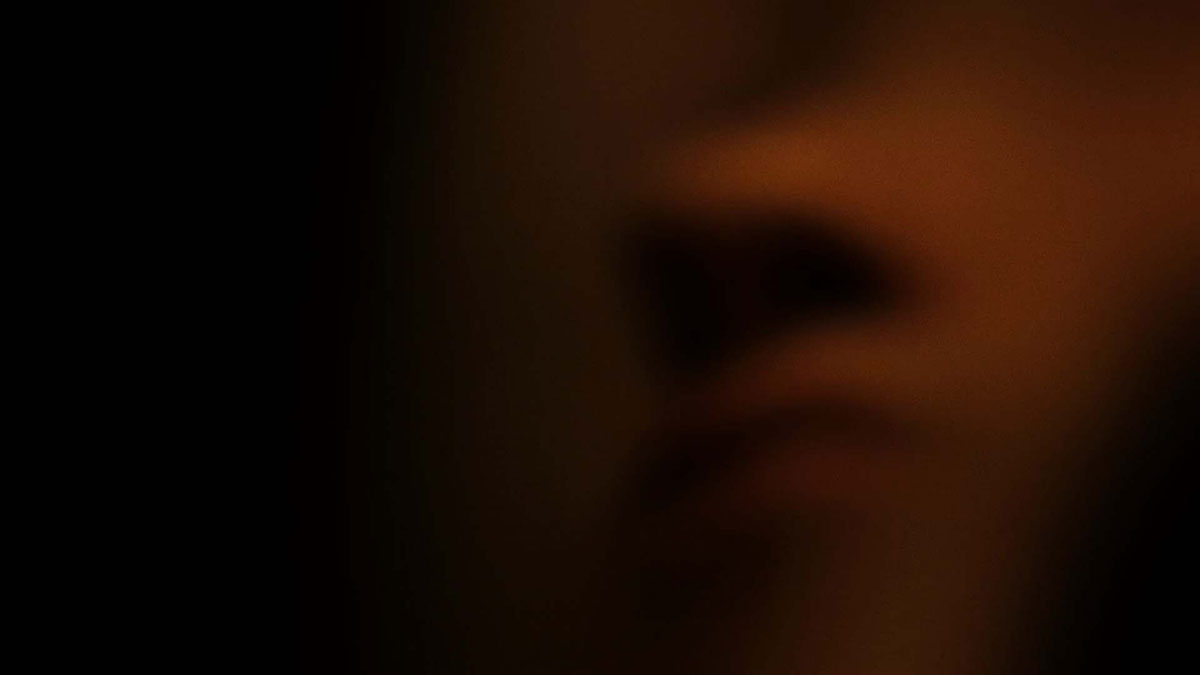PRESENTATION: Véréna Paravel & Lucien Castaing Taylor-Cosmic Realism
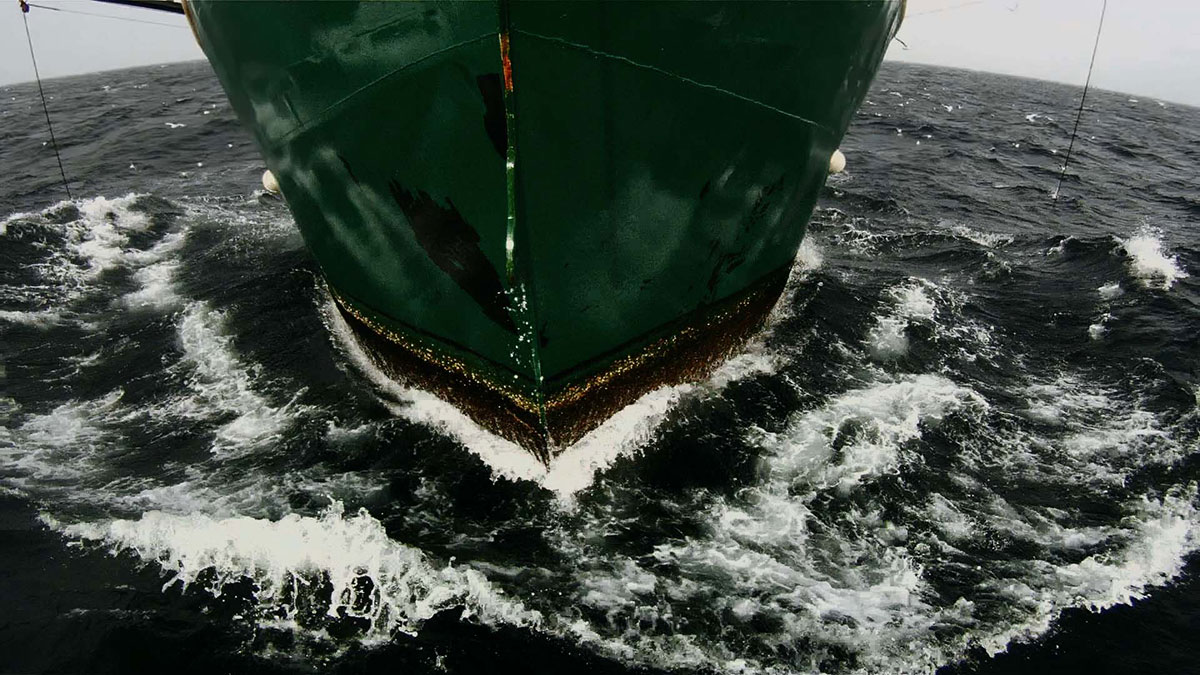 Véréna Paravel & Lucien Castaing-Taylor are continuously looking to create a fresh new film language that goes beyond traditional human-centred perspectives in anthropology, showcasing the world from non-human viewpoints, sometimes offering intense and thought-provoking experiences. These works correspond to grand, all-encompassing themes such as the earthly, the sea, the mind, sleep and the apocalypse.
Véréna Paravel & Lucien Castaing-Taylor are continuously looking to create a fresh new film language that goes beyond traditional human-centred perspectives in anthropology, showcasing the world from non-human viewpoints, sometimes offering intense and thought-provoking experiences. These works correspond to grand, all-encompassing themes such as the earthly, the sea, the mind, sleep and the apocalypse.
By Dimitris Lempesis
Photo: Eye Filmmuseum
“Cosmic Realism” is the title of the first retrospective of work by Véréna Paravel and Lucien Castaing-Taylor. Both originally educated as anthropologists, they create films at the intersection of anthropology, documentary and visual art. Paravel and Castaing-Taylor are constantly searching for a new cinematic language that emphasises the sensory. This allows them to turn away from the human centred approach within classical anthropology and view the world from a non-human perspective, albeit a sometimes confrontational one. For Paravel and Castaing-Taylor, filming means researching: they shoot while researching and vice versa. The camera serves as a research tool, and the makers do not hesitate from getting very close to, or even inside, their subjects. For the film De Humani Corporis Fabrica (2022), which they have turned into an eight-screen installation specially for this exhibition, they conducted extensive research in five Parisian hospitals. Their camera not only roamed among the patients, doctors and nurses, but also penetrated into the fleshy innards of the human body, into the aortas, blood vessels and brains of patients undergoing surgery. Like the surgeons in the film, the filmmakers open up a world that, up to now, has remained cinematically uncharted and they explore it from within, turning the human body into something bestranging. But the film does not limit itself to an examination of the body. It also enters the corridors, staff rooms, cafeterias and bowels of the hospital. This turns the hospital into a form of living organism, its network of corridors forming a central nervous system, in which all elements exist in relationships of mutual dependency. For their best-known film, “Leviathan” (2012), an extraordinary study of the relationship between humankind and the sea, they spent months filming on a fishing cutter and attached multiple small GoPro cameras to the vessel, the crew and the fishing nets. With the footage, they create an organic composition that looks at the fishing industry not through the eyes of the crew but rather from the perspective of the fish, the seagulls, and even the sea itself. The film immerses the viewer in a world of shiny jackets and slimy bycatch, where fish eyes stare into the camera lens from inside nets and the wrinkles of fishermen cover their faces like scales. The physical experience that the viewer undergoes while watching is evoked by sounds as much as by the images – from frothing waves to slithering fish. For the film “De Humani Corporis Fabrica” (2022) – constructed around an eight-screen installation especially for this exhibition – they conducted extensive research in five Parisian hospitals involving patients, doctors and nurses, but also penetrating the human body. Just like the surgeons in the film, the filmmakers open up a world that until then remained (cinematographically) unknown and explore it from within. The exhibition invites visitors to explore seven gallery installations that showcase the development of the makers. On display is not only “Leviathan” (2012) and “De Humani Corporis Fabrica” (2022), but also “Sheep Rushes” (2001-2019), “Commensal” (2017), “somniloquies” (2017) and “Ah Humanity!” (2015). These works correspond with grand, all-encompassing themes such as the earthly, the sea, the mind, the dream and the apocalypse. By emphasising the physical and sensory, and evoking a non-human perspective, Paravel and Castaing-Taylor compose a new cinematic language with a cosmic perspective that no longer centres on humankind but exposes the nature of the inter-relationships between all living things.
Photo: Véréna Paravel & Lucien Castaing-Taylor, Leviathan (still), 2012, © Véréna Paravel & Lucien Castaing-Taylor, Courtesy the artists and Eye Filmmuseum
Info: Eye Filmmuseum, IJpromenade 1, Amsterdam, The Netherlands, Duration: 20/1-20/5/2024, Days & Hours: Mon-Thu & Sun 10:00-20:00, Fri-Sat 10:00-23:00, www.eyefilm.nl/
